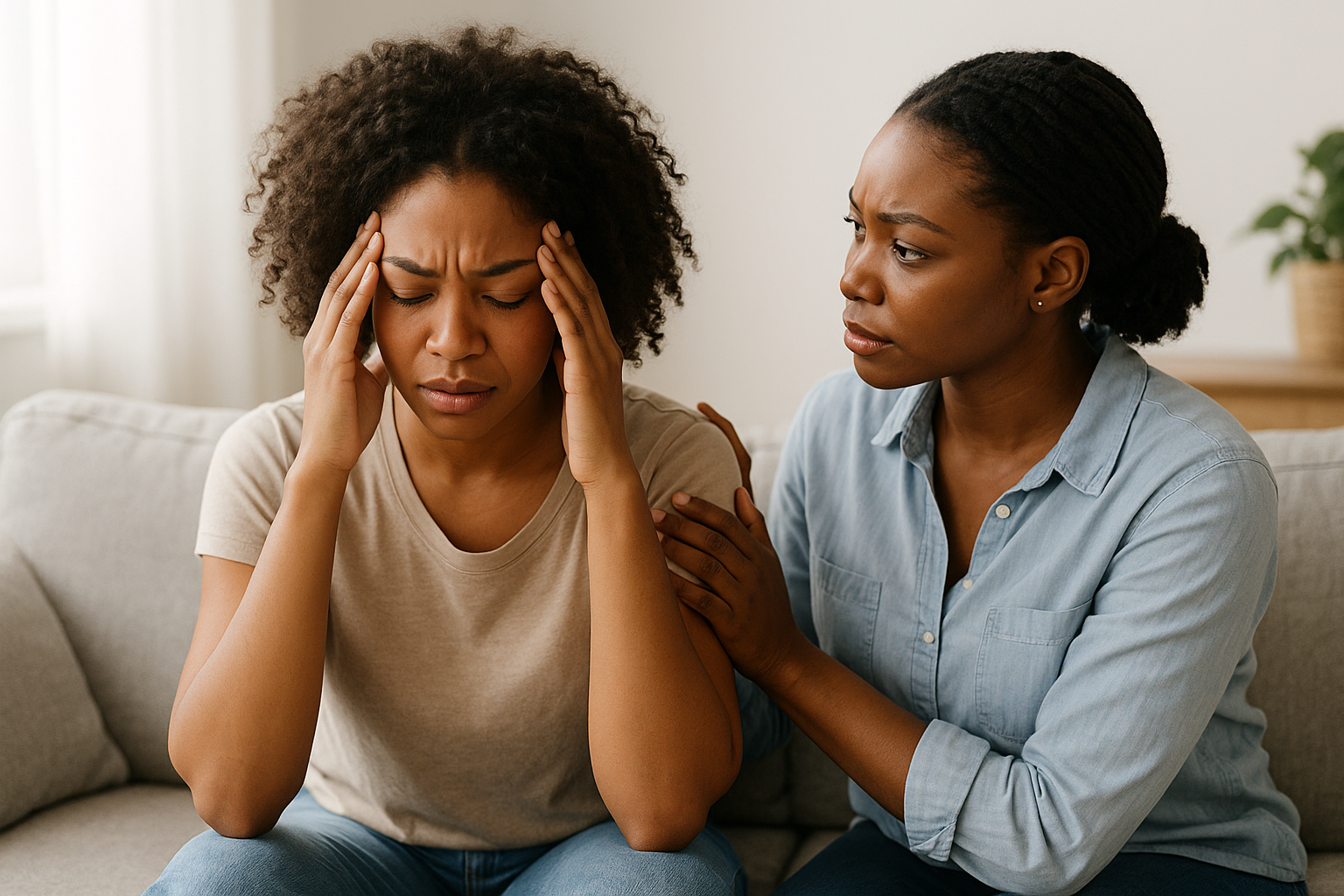In today’s fast-paced world, mental health issues have become increasingly common. More people than ever are living with stress, anxiety, and other emotional struggles, yet few understand the differences between anxiety attacks and panic attacks. These terms are often confused, but knowing how they differ can empower you to seek the right support for yourself or a loved one. At Trankua, we believe that greater awareness and immediate tools for relief can help you gain back control—especially during overwhelming moments.
Understanding Modern Anxiety: Why Definitions Matter
According to recent mental health research (ID: 1748706025), nearly 1 in 5 adults report experiencing significant anxiety each year. Yet, many misunderstand what they’re going through when symptoms hit hard. Anxiety attacks and panic attacks may have similar effects on your body and mind, but they are separate experiences, each requiring thoughtful care.
Anxiety is a long-term feeling of worry or dread that builds up over time, often tied to real or anticipated events. A panic attack, in contrast, is an intense surge of fear occurring suddenly and often without warning. Understanding this distinction is important, since each episode calls for different strategies to help you regain calm and clarity.
Section 1: What Happens During an Anxiety Attack?
Anxiety attacks unfold gradually as you react to ongoing stressors. These episodes don’t usually happen independently, but grow from prolonged anxiety. Here are some typical signs:
- Feeling restless or on-edge
- Rapid or racing thoughts about a stressful event
- Increased heart rate or shallow breathing
- Muscle tension or headaches
- Trouble focusing, or difficulty falling asleep
Imagine a student awaiting exam results, a parent juggling endless responsibilities, or a professional facing tight work deadlines. Anxiety attacks often build throughout the day, making a person feel stuck in a fog of worry. Recognizing these symptoms early allows you to practice calming techniques before anxiety becomes overwhelming.
A proactive approach, like using the Trankua App, equips you with instant exercises to break the cycle of anxious thinking. It becomes your ready companion, offering breathing guides and grounding practices wherever you are.
Section 2: How Are Panic Attacks Different?
Panic attacks are sharp, acute bursts of terror that can appear suddenly, even during calm moments. These episodes often reach their peak within minutes and may feel completely unmanageable. Common symptoms include:
- Chest pain or pounding heart
- Sweating or chills
- Shaking or trembling
- Shortness of breath or a choking sensation
- Dizziness or an intense fear of losing control
Individuals describe panic attacks as feeling like a wave crashing over them, leaving their body and mind struggling to cope. Unlike anxiety attacks, which slowly grow, panic attacks interrupt suddenly, often when least expected.
By being prepared with immediate self-soothing tools, such as those available through the Trankua App, you can ease symptoms quickly and reduce the frequency or intensity of these distressing moments.
Section 3: Why the Confusion? Clearing Up Common Misconceptions
Many people use “anxiety attack” and “panic attack” interchangeably, unintentionally adding to confusion around mental health. The main differences center on:
- Duration: Anxiety attacks develop slowly; panic attacks appear suddenly and peak within minutes
- Triggers: Anxiety attacks respond to ongoing worries; panic attacks can occur out of the blue
- Symptoms: Panic attack symptoms often feel more severe and sudden
Understanding these factors is essential. For example, a person with a specific phobia may have a panic attack when confronted with their fear, whereas someone burdened with work stress may endure growing anxiety all week long.
When you know what you’re feeling, it’s easier to find helpful coping methods and talk to professionals about your health. Accurate knowledge helps you avoid stigma and take action sooner.
Section 4: Practical Steps to Cope During Attacks
No matter which type of episode you face, the feelings are real and require sensitive management. Fast-acting, accessible techniques can make a genuine difference in the moment. To cope with an anxiety or panic attack, try the following:
- Focus on your breathing—take slow, deep breaths in and out
- Use grounding exercises—name five things you can see, four you can touch, three you can hear
- Move your body—take a gentle walk or stretch to relieve tension
- Positive self-talk—remind yourself the feelings will pass
- Use supportive tools, like the Trankua App, offering guided calm strategies
Building a routine around these techniques can reduce both the frequency and the impact of future attacks. Try several and see which works best for you; everyone’s experience is unique.
Consistency is key. A mobile-friendly calming companion ensures you never feel alone, whether you are out in public, at work, or winding down for bed.
Section 5: How Trankua Empowers You—Anytime, Anywhere
Modern mental wellbeing demands instant, portable, and reliable support. This is where the Trankua App steps in. Designed for real-world moments, it delivers quick help right when you need it—no second guessing or searching for resources.
- Immediate access to calming exercises on your phone
- Short, science-backed activities for both anxiety and panic attacks
- Personalized progress tracking to help you understand your emotional patterns
- Tips for daily resilience and self-care
- Confidential, judgment-free resources any time of day
Choosing calm is a courageous step. By learning the difference between anxiety and panic attacks, you can respond to your body and mind with compassion and confidence. Support is always within reach—and you don’t have to navigate these moments alone.
Empower yourself by understanding your feelings, taking action early, and relying on supportive tools tailored to your journey. Take the next step for your mental wellbeing and discover how the Trankua App can help you find peace, one moment at a time.

